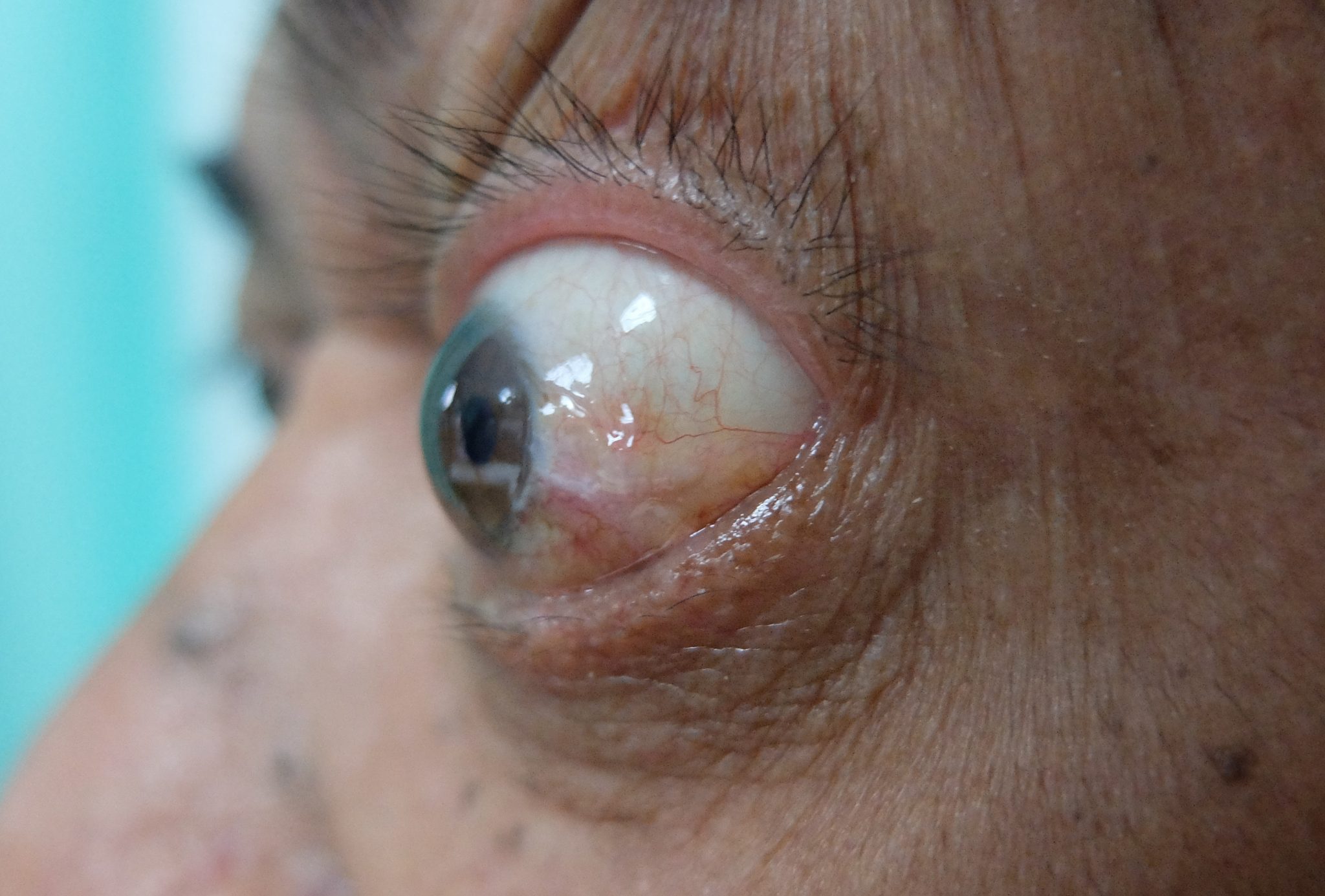What are the symptoms of proptosis?
Proptosis, also known as exophthalmos, is a condition where the eye(s) protrude abnormally from their sockets. The symptoms of proptosis can include:
- Bulging Eyes: The most noticeable symptom is the visible protrusion of one or both eyes. This can make the eyes appear more prominent than usual.
- Eye Irritation: Individuals may experience dryness, redness, or discomfort in the eyes due to the exposed surface.
- Vision Changes: Proptosis can lead to vision problems such as blurred vision, double vision (diplopia), or decreased visual acuity.
- Difficulty Closing the Eyes: The protruding eyes may make it challenging to fully close the eyelids, leading to potential exposure-related issues like dryness or inflammation.
- Swelling Around the Eyes: There may be swelling or bulging of the tissues around the eyes, which can affect the appearance of the eyelids and surrounding areas.
- Eye Pain: Some people with proptosis may experience pain or a sensation of pressure in or around the eyes.
- Restricted Eye Movement: Protrusion of the eyes can sometimes limit the range of motion, making it difficult to move the eyes in different directions.
- Headache: Proptosis can sometimes be associated with headaches, especially if it is related to underlying conditions affecting the orbits or surrounding structures.
These symptoms can vary depending on the severity and underlying cause of the proptosis, which can include conditions such as thyroid eye disease (Graves’ disease), tumors, or inflammation.
What are the causes of proptosis?
Proptosis, or the abnormal protrusion of the eye, can be caused by various conditions affecting the eye socket or the structures around it. The common causes include:
- Thyroid Eye Disease (Graves’ Disease): An autoimmune disorder that affects the thyroid gland and can cause inflammation and swelling of the tissues around the eyes, leading to protrusion.
- Orbital Tumors: Tumors in the orbit, such as meningiomas, neuroblastomas, or lymphomas, can push the eye forward.
- Orbital Inflammation: Conditions like orbital cellulitis or orbital pseudotumor cause inflammation in the orbit, leading to swelling and proptosis.
- Trauma: Injuries to the eye socket or surrounding areas can result in swelling or bleeding that pushes the eye outward.
- Vascular Issues: Abnormal blood vessels or vascular malformations in the orbit, such as arteriovenous malformations, can cause proptosis.
- Sinusitis: Severe sinus infections, particularly those affecting the ethmoid or sphenoid sinuses, can lead to orbital involvement and proptosis.
- Infections: Certain infections can lead to orbital cellulitis or abscesses, causing the eye to protrude.
- Graves’ Orbitopathy: Related to thyroid disease, this condition involves swelling and inflammation of the muscles and tissues around the eyes.
- Cystic Lesions: Orbital cysts or fluid-filled sacs can cause the eye to push forward as they expand.
- Systemic Diseases: Conditions like systemic lupus erythematosus or sarcoidosis can affect the orbit and lead to proptosis.
Identifying the underlying cause of proptosis typically requires a thorough medical evaluation, including imaging studies and possibly biopsy, to determine the appropriate treatment and management.
What is the treatment for proptosis?
The treatment for proptosis depends on the underlying cause of the condition. Here are some common approaches:
- Treating the Underlying Condition: Addressing the root cause of proptosis is crucial. For instance, managing thyroid eye disease with medications or surgery can help reduce inflammation and protrusion. If a tumor is causing proptosis, surgery, radiation therapy, or chemotherapy might be necessary.
- Medications: Anti-inflammatory medications, corticosteroids, or immunosuppressive drugs may be prescribed to reduce inflammation and swelling, especially in cases of orbital inflammation or thyroid eye disease.
- Surgical Intervention: Surgical options may be considered for structural issues, such as removing tumors, draining abscesses, or correcting significant changes in the orbit. Surgery may also be needed to correct severe cases of proptosis that do not respond to other treatments.
- Eye Care: Measures to protect and care for the eyes include lubricating eye drops to alleviate dryness, using protective eyewear, and applying cold compresses to reduce swelling.
- Managing Infections: Antibiotics or antifungal medications may be prescribed to treat infections causing proptosis, such as orbital cellulitis.
- Radiation Therapy: For certain tumors or severe cases of thyroid eye disease, radiation therapy may be used to reduce swelling and treat growths in the orbit.
- Systemic Treatment: For systemic conditions affecting the orbit, such as autoimmune diseases, treatment might include systemic medications or disease-modifying agents.
- Lifestyle and Supportive Measures: In some cases, managing symptoms through lifestyle changes, such as treating insomnia and reducing stress, can be beneficial.
The specific treatment plan is tailored to the individual based on the cause and severity of the proptosis, and it typically involves a multidisciplinary approach including ophthalmologists, endocrinologists, and other specialists as needed.

Leave a Reply
You must be logged in to post a comment.